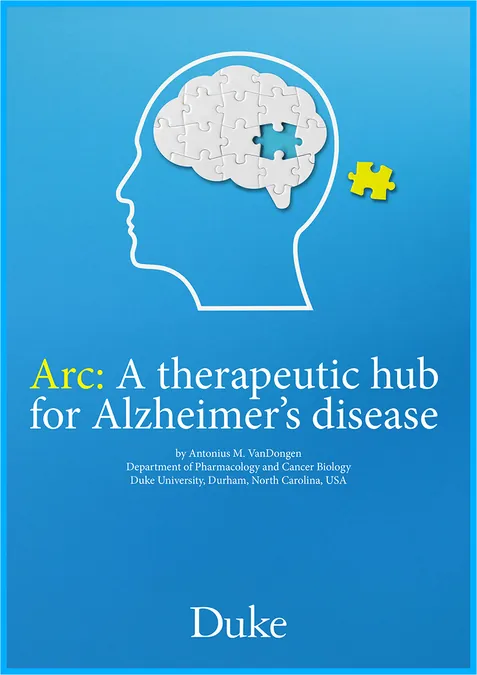
Unleashing Hope: The Game-Changing Potential of Arc in Alzheimer's Disease Treatment
2025-01-29
Author: Arjun
Understanding Alzheimer's Disease
Alzheimer's disease is linked to the presence of amyloid plaques and neurofibrillary tangles composed of tau protein. Alois Alzheimer identified these distinct features over a century ago, establishing a foundation for the classification of this neurodegenerative disorder. Despite advanced imaging techniques like amyloid PET scans that can now visualize these plaques in living patients, targeting them directly in therapy has consistently failed.
The Power of Arc
Arc's fascinating function lies in its capacity to regulate over 100 genes associated with AD, affecting processes from amyloid beta formation to the creation of neurofibrillary tangles. Unique findings show that when Arc's expression is inhibited in lab models, critical genetic risk factors for AD, including Picalm and ApoE, are drastically downregulated. This suggests a pivotal link between Arc and the gene networks that contribute to Alzheimer's progression.
The Dual Approach to Therapy Development
The therapeutic potential of targeting Arc can be approached in two significant ways: 1. Directly Targeting Arc: Researchers aim to enhance or modulate the expression of Arc itself. Two proteins in particular, PHF8 and Tip60, play pivotal roles in regulating the chromatin structure to control Arc's transcription. By developing drugs that can effectively interact with these proteins, we could dramatically influence Arc levels, offering insight into new treatment modalities. 2. Targeting Arc-Regulated Genes: This approach involves directly affecting the genes controlled by Arc, which both enhance and suppress pathways involved in AD. Utilizing existing resources like FDA-approved drug libraries, scientists can identify compounds capable of influencing multiple targets at once, addressing the multifaceted nature of Alzheimer's disease in a more strategic manner.
Conclusion: A New Era in Alzheimer’s Research
As we stand on the brink of potentially transformative Alzheimer's therapies, Arc opens a door to innovative multi-target strategies designed to intervene earlier in the disease’s progression. Rather than chasing the elusive and inefficient pathway of amyloid clearance alone, this fresh perspective may provide hope to millions grappling with the challenges of AD. Is the enigmatic Arc the key to revolutionizing Alzheimer’s treatment? As research progresses, we may finally discover groundbreaking approaches capable of controlling, and potentially reversing, one of the most pressing health concerns of our time. Stay tuned for more updates on this promising frontier in neurology!



 Brasil (PT)
Brasil (PT)
 Canada (EN)
Canada (EN)
 Chile (ES)
Chile (ES)
 Česko (CS)
Česko (CS)
 대한민국 (KO)
대한민국 (KO)
 España (ES)
España (ES)
 France (FR)
France (FR)
 Hong Kong (EN)
Hong Kong (EN)
 Italia (IT)
Italia (IT)
 日本 (JA)
日本 (JA)
 Magyarország (HU)
Magyarország (HU)
 Norge (NO)
Norge (NO)
 Polska (PL)
Polska (PL)
 Schweiz (DE)
Schweiz (DE)
 Singapore (EN)
Singapore (EN)
 Sverige (SV)
Sverige (SV)
 Suomi (FI)
Suomi (FI)
 Türkiye (TR)
Türkiye (TR)